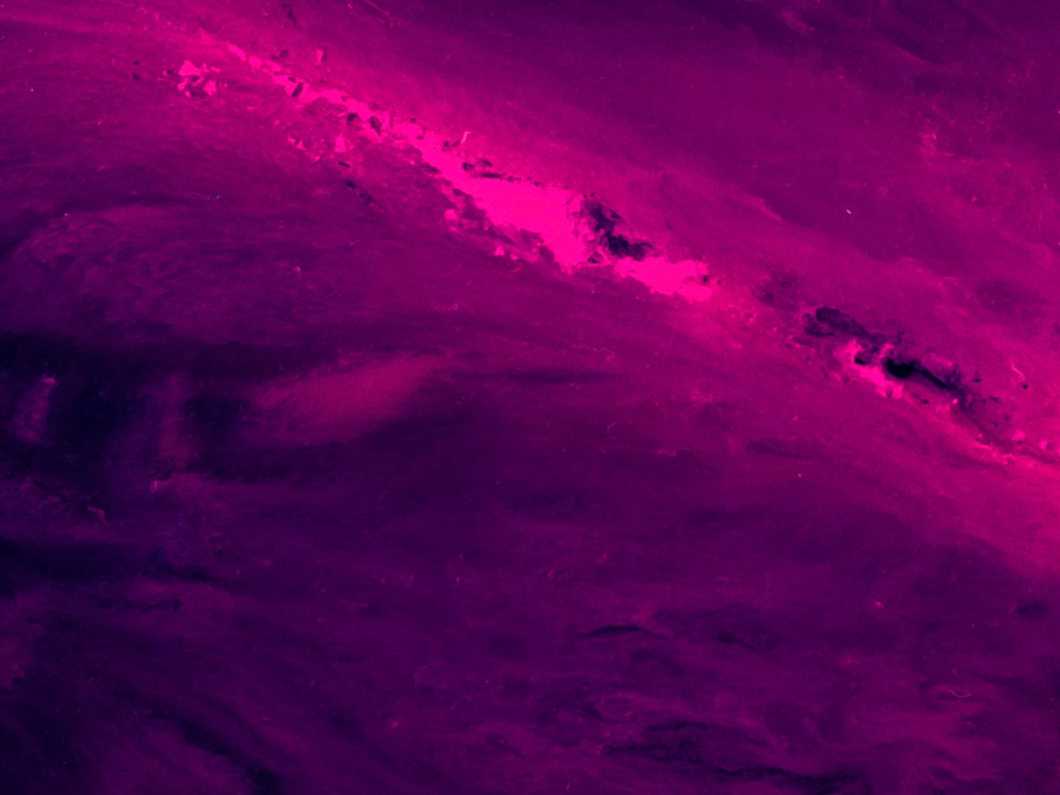HPLC-FLD analysis
High-performance liquid chromatography with fluorescence detection (HPLC-FLD) is a combined separation and detection technique for characterizing samples that contain compounds with fluorescent properties. The fluorescence detector is highly selective and sensitive to analytes including bisphenol A, melatonin, and thymoquinone.

What is HPLC-FLD used for?
HPLC-FLD is used to detect and quantify certain (usually organic) substances with fluorescent properties. Typical target analytes include vitamins and hormones, such as melatonin. They can be detected in trace quantities and quantified with accuracy and precision, which gives HPLC-FLD applications in quality assurance of pharmaceuticals, food supplements, and other products that must contain exact amounts of these substances.
Certain contaminants, such as bisphenol A (BPA), polycyclic aromatic hydrocarbons (PAHs), and aflatoxins, also have fluorescent properties and can therefore be detected with HPLC-FLD. This gives the method applications in contaminant screening of food, water, food contact materials, and other materials that must not contain such contaminants in concentrations exceeding certain limits (e.g., those defined in EU BPA regulations). Environmental samples can also be analyzed to monitor pollution levels.
How does the fluorescence detector work?
The fluorescence detector works by exposing the sample to a beam from a high-energy light source. Depending on the wavelength of light, this will cause certain compounds within the sample to ‘fluoresce’ and produce light of their own at a different wavelength. The detector monitors these emissions and collects data on the specific wavelengths and intensities, which in turn reveals the concentrations of different compounds within the sample. By combining this with the separation caused by HPLC, it is possible to accurately characterize a sample containing fluorescent chemicals.
HPLC FLD vs DAD
Diode array detection (DAD) is an alternative detection method to FLD in HPLC analysis. Unlike in FLD, DAD exposes the sample to a broad spectrum of light and measures which wavelengths are absorbed by the sample, rather than which wavelengths are produced by fluorescence. The main benefit of this is that it can be used on a far wider range of molecules, whereas FLD can only be used on those with naturally fluorescent properties.
However, FLD offers a far more sensitive detection method, so in cases where it is applicable, it can detect lower quantities of specific compounds. Therefore, the suitable detection method will be dependent on the properties of the target analytes.
Other liquid chromatography methods may also be considered. For example, UPLC-MS/MS (ultra-performance liquid chromatography-tandem mass spectrometry) can be used for a larger array of analytes than HPLC-FLD, while also being extremely accurate and precise.
Need analysis services?
Measurlabs provides laboratory testing with HPLC-FLD and a wide range of other chemical analysis techniques. From small sample series to large batches, we offer competitive pricing and deliver reliable results quickly. With experience serving more than 1,000 customers across industries, our experts know how to tailor solutions to specific testing needs. Use the form below to request a quote, and we will get back to you shortly.
Suitable sample matrices
- Water
- Food and supplements
- Pharmaceuticals
- Soil
Ideal uses of HPLC-FLD
- Contaminant analysis of food, water, biochemical, and environmental samples
- BPA and PAH testing
- Determining hormone and vitamin content in food and supplements
- Quality control and development of pharmaceuticals
Ask for an offer
Fill in the form, and we'll reply in one business day.
Have questions or need help? Email us at info@measurlabs.com or call our sales team.
Frequently asked questions
Measurlabs offers a variety of laboratory analyses for product developers and quality managers. We perform some of the analyses in our own lab, but mostly we outsource them to carefully selected partner laboratories. This way we can send each sample to the lab that is best suited for the purpose, and offer high-quality analyses with more than a thousand different methods to our clients.
When you contact us through our contact form or by email, one of our specialists will take ownership of your case and answer your query. You get an offer with all the necessary details about the analysis, and can send your samples to the indicated address. We will then take care of sending your samples to the correct laboratories and write a clear report on the results for you.
Samples are usually delivered to our laboratory via courier. Contact us for further details before sending samples.